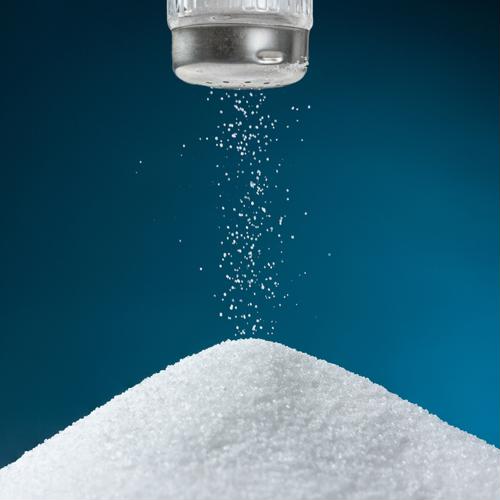On May 17, the U.S. Food and Drug Administration issued long-awaited draft guidance on the declaration of “potassium chloride salt” in the ingredient statements of processed foods. Until recently, manufacturers were required to list this substance under its common name, potassium chloride. The regulatory move came in response to a 2016 citizen petition from NuTek Food Science, which asked the FDA to formally recognize “potassium salt” as an alternative, though this request was ultimately denied. The new guidance is intended to give food manufacturers greater flexibility with their ingredient statements, particularly those that use potassium chloride as a substitute for sodium.
“The flexibility in declaring potassium chloride in the ingredient statement on food labels may help inform consumers of the use of potassium chloride as at least a partial substitute for sodium chloride, thereby leading to the selection of foods with lower sodium content and decreasing the amount of sodium consumed,” said the FDA in a public statement.
This action falls in line with the FDA’s Nutrition Innovation Strategy, which aims to promote healthier buying habits by informing consumers about alternative food options. The agency hopes that the revised labeling guidelines will also persuade manufacturers to use potassium chloride to reduce the high sodium levels found in many popular processed food products.
Salt and Public Health
Sodium chloride (salt) is one of the most common ingredients found in packaged food items in the U.S., acting as both a low-cost flavor enhancer and a preservative. The human body benefits from moderated salt intake, as it helps maintain an appropriate balance of minerals and water, conduct nerve impulses, and contract and relax muscles, per the Harvard T.H. Chan School of Public Health. Most people need around 500 milligrams of sodium per day to support these beneficial functions, though a surplus can cause serious health issues, such as heart disease, calcium loss and stroke.
In addition to heart-related complications, excessive salt intake can lead to painful kidney problems. These vital organs are responsible for filtering the body’s bloodstream, removing wastes, toxins and extra water through the urinary tract. Consuming too much salt forces the body to store extra water to dilute the high concentration of sodium in the bloodstream, which can lead to kidney stones and abnormally high blood pressure.
The American Heart Association estimates that 9 in 10 Americans consume too much sodium on a daily basis, with the average diet possessing around 3,400 mgs of salt. This is well above the recommended 1,500 mgs that most health experts advocate for, which poses a real challenge for improving U.S. health and nutrition. A recent study by the AHA found that a majority of consumers’ salt intake comes from food products purchased at supermarkets and convenience stores, suggesting that healthier shopping trends could make a significant impact on public health.
Sodium Chloride vs. Potassium Chloride
As the health risks of excessive salt consumption have been increasingly recognized by medical experts and the general public, the food industry has started looking for viable substitutes that can reduce sodium use without sacrificing flavor. While some manufacturers have begun gradually reducing sodium levels in their products, many companies are concerned that these efforts could drive away consumers and impact their sales revenue. Sodium replacers (such as potassium chloride) have been touted as a possible solution, as they allow manufacturers to slowly wean consumers off high-salt products without severely impacting taste.
Sodium chloride and potassium chloride are both naturally occurring mineral salts that are often extracted from geological deposits and seawater. While there are more similarities than differences, potassium chloride is associated with a decreased risk of hypertension, making it a viable dietary substitute for sodium, per a 2016 study in Nutrients. That said, potassium chloride isn’t a perfect replacement, as higher levels of the ingredient can produce a bitter or metallic taste that may be off putting to many consumers. Additionally, too much potassium can be harmful to those with certain kidney and heart conditions.
Companies in the food manufacturing industry will likely continue to experiment with these compounds until they find a perfect balance between health gains with flavor losses. The FDA’s draft guidance indicates that potassium chloride should not be taken as a complete substitute for sodium-based salts, though the new guidelines may generate new reformulation scenarios that could positively impact public health in the years to come.

